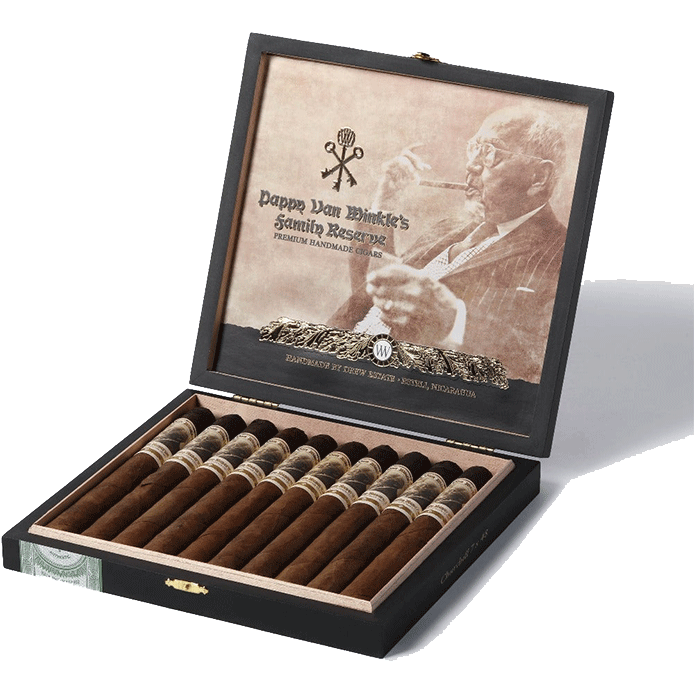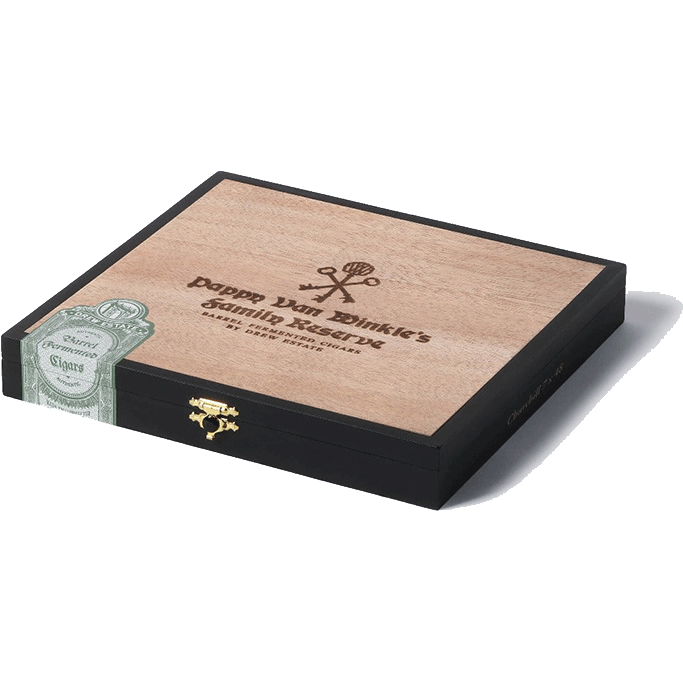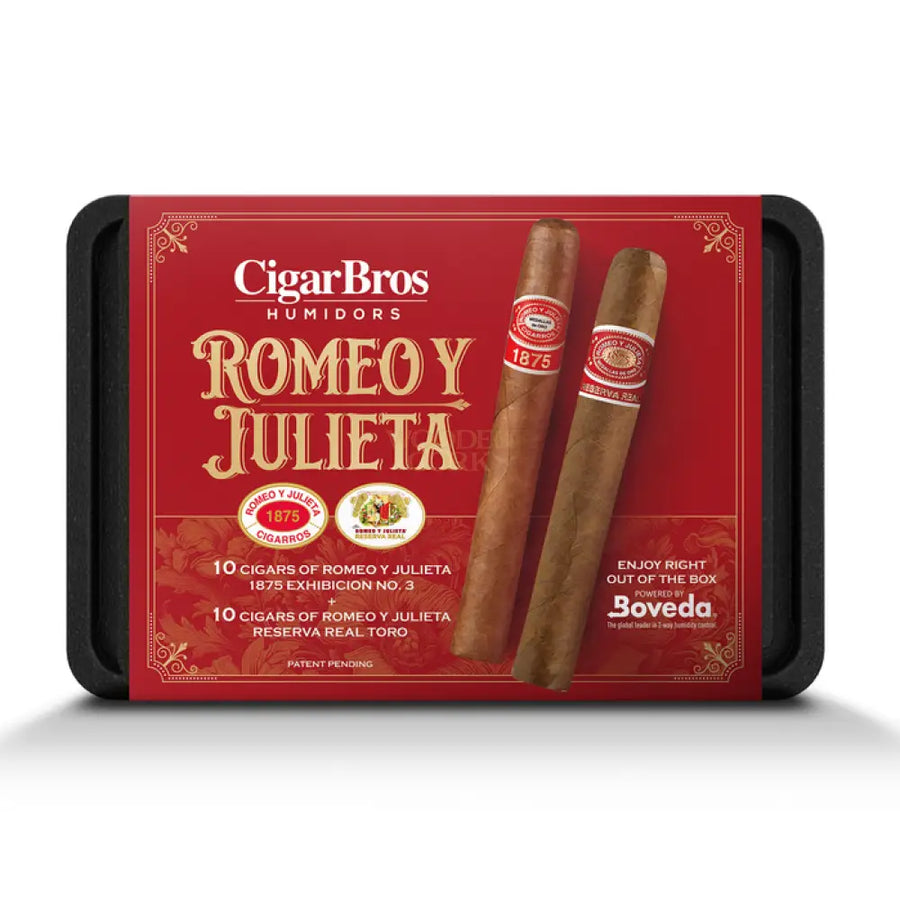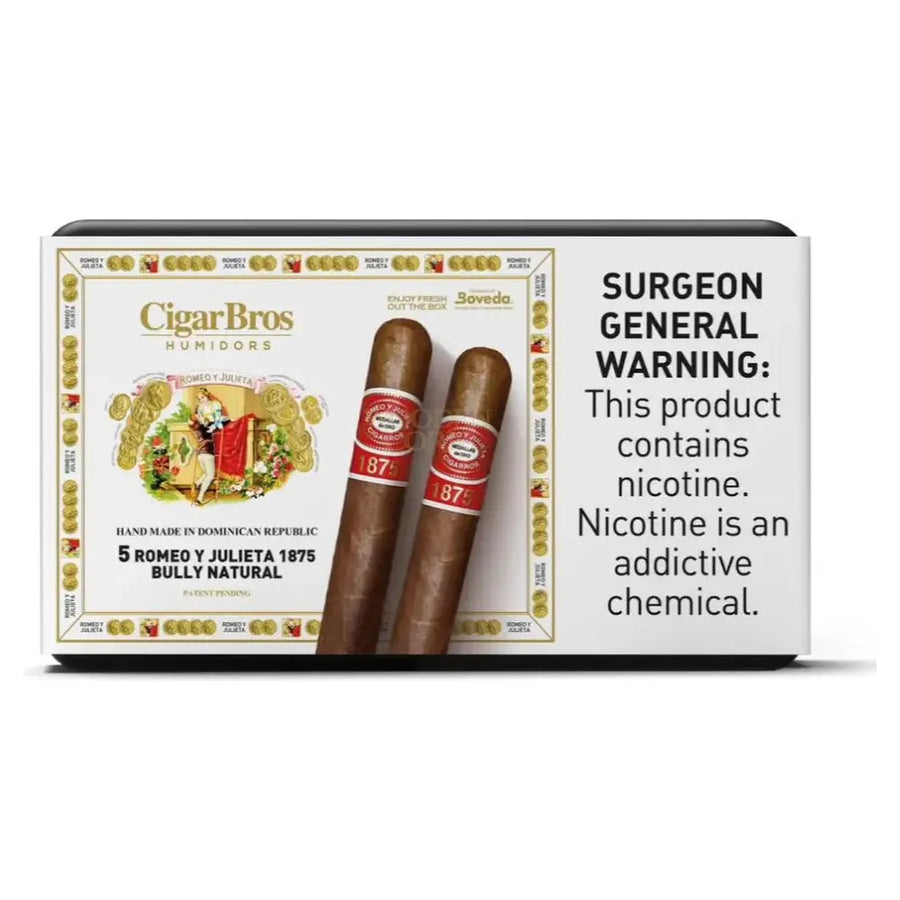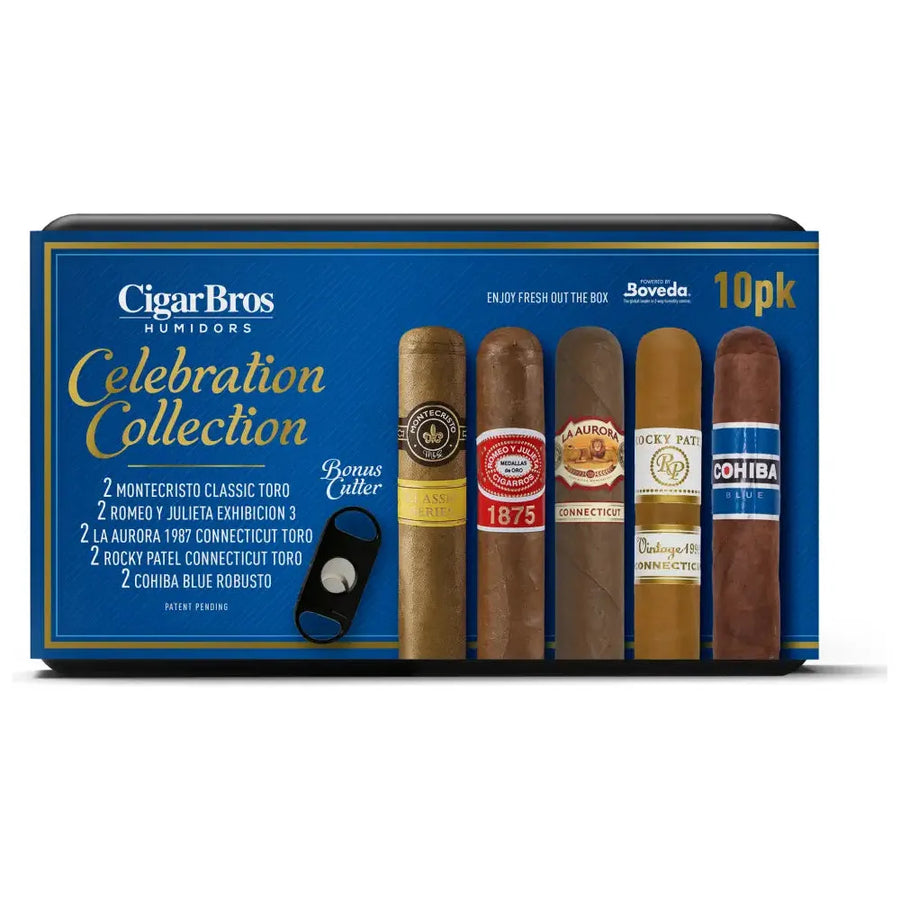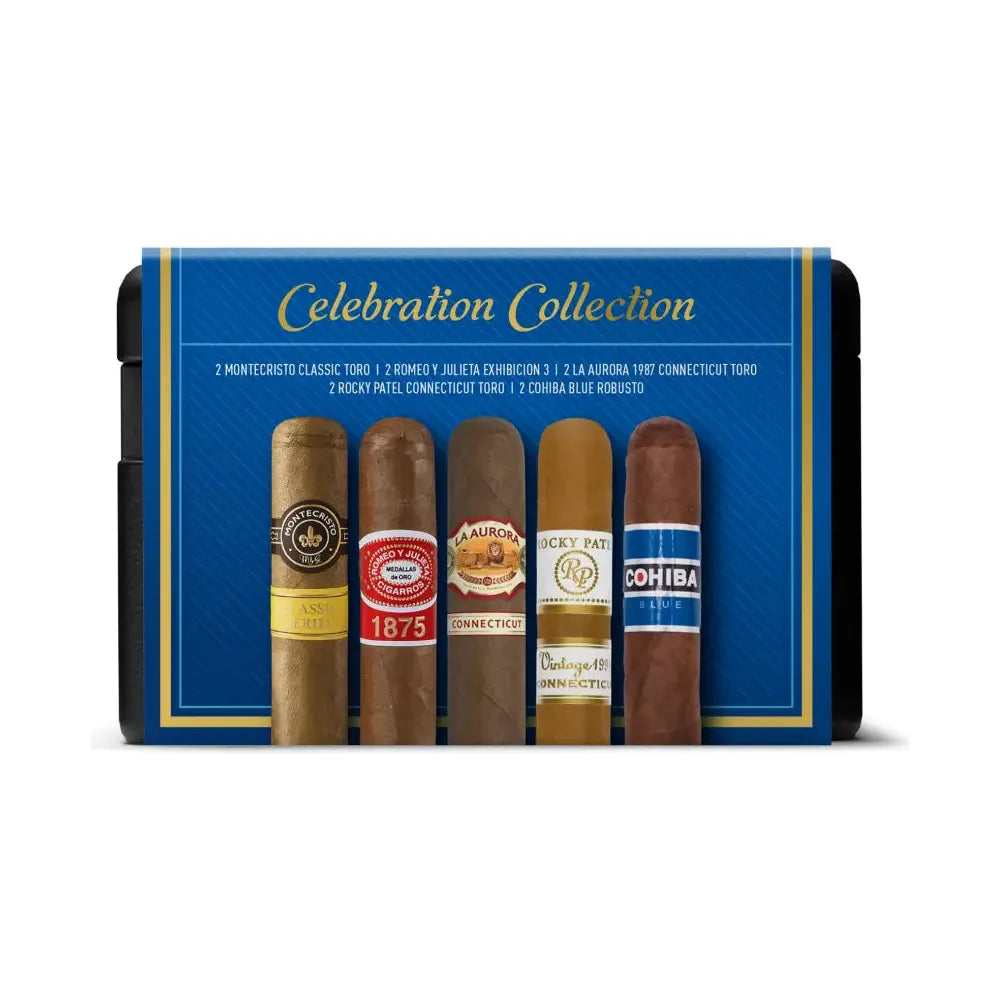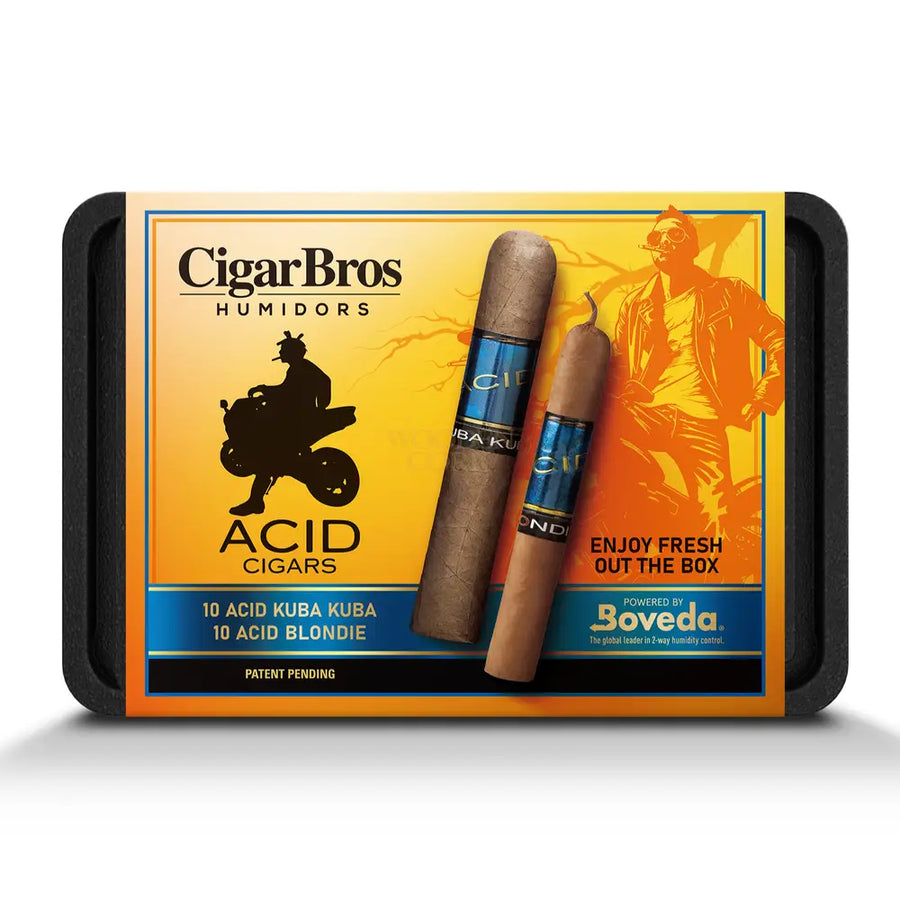Description
BACKGROUND: These old, dry grown bush vines grow in shallow soils on hard rock, requiring hand pruning to keep producing berries in this harsh environment. The vines are very small for their age, their tiny shoots giving them a bonsai appearance. WINEMAKING: Parcels of each varietal are gently crushed and fermented in small batches in traditional headed-down open fermenters, followed by foot-treading. The skins are then gently pressed in traditional 19th century `Coq' and `Bromley & Tregoning' basket presses prior to maturation in French and American oak barriques for 12 months. The barrel ferments are aged on lees, and there is no racking until final blending. There was no fining or filtration prior to bottling. TASTING NOTES: This wine is showing the hallmarks of the warm, early 2016 vintage. It's full bodied and mouth-filling with luscious dark plum and mulberry flavors. The tannins are quite soft with spice and a little alcohol heat contributing to the finish. This is a drink now, fruit driven wine, well suited to food or without.WINEMAKER: Chester Osborn
Features
Organic;Biodynamic;Sustainable
Producer Description
FOUNDED: 1912 by Joseph OsbornOWNER: The Osborn FamilyWINEMAKER: Chester OsbornCLIMATE: Mediterranean, substantial meso-climatic variation between sitesPROFILE: d'Arenberg is one of the undisputed kings of Australian Shiraz and other Rhone varieties that have historically defined the region. A century on, their vineyards have grown to some 450 acres in McLaren Vale, including Shiraz dating back to d'Arenberg's first plantings in 1912, and nearly one-third of McLaren Vale's old bush-vine Grenache. Fourth generation winemaker, Chester Osborn, recently converted all of the family's vineyards to organics and biodynamics and moved to solar energy in the winery. All the while, in terms of winemaking, not much has changed--all the wines are basket-pressed, the reds foot-trodden during fermentation; everything is done in small batches, leading to an impressive array of bottlings every year, each showing a different facet of McLaren Vale terroir. Having been inducted into Wine & Spirits Magazine's Hall of Fame for earning a place on its Top 100 Wineries nine times, this accolade is a reflection of d'Arenberg's revered reputation worldwide.VITICULTURE: Four generations of learning have provided Chester with an intimate knowledge of his vineyards and a healthy respect for each site's unique terroir. To optimize vine health, vineyard sprays are minimized, while legume cover crops and clover are grown between rows, increasing organic matter and nitrogen in the soils and providing natural weed control. Many of the oldest Grenache vineyards house traditional dry-grown bush vines yielding small berries of intense flavor; the remaining vines are stressed in the pursuit of naturally low yields. Chester's predecessors, father d'Arry and grandfather Frank, established McLaren Vale as a champion of the red Rhone blend, and today d'Arenberg remains an industry innovator, with plantings of the white Rhone varieties as well as Tempranillo and Souzao. Diversification into the cool-climate Adelaide Hills has provided material for the production of crisp, focused Pinot Noir, Chardonnay and Sauvignon Blanc.WINEMAKING: The d'Arenberg cellars were constructed in 1928 by Chester's grandfather, Frank, and since then have undergone major restoration and expansion with Chester and father d'Arry at the helm. Despite this modernization, traditional techniques such as foot treading and basket pressing are still employed.Grapes are gently crushed in rubber toothed crushers, with fermentation taking place in stainless steel tanks, barriques or, for the reds, open fermenters with heading down boards providing gentle extraction of color and tannin. Nineteenth century `Coq' and `Bromley & Tregoning' basket presses are used in pressing both red and white musts. Maturation occurs in American and French oak barriques, with small batches vinified separately throughout. These techniques ensure the winemaker is in touch with the individual textures and flavors of each parcel of wine, bringing balance and complexity to the final blends.








